History of manga and anime: from rock drawings of animals to Super Saiyan and Stand Alone Complex
First buds of manga: rabbits, monkeys, and frogs
Manga, which has gained immense popularity worldwide, had its humble beginnings in ancient times in Japan. “Ancient times” meaning not last century but rather when people painted on mammoth skin. The oldest source of inspiration for manga, which some scientists point to, is emaki (a horizontal scroll pictu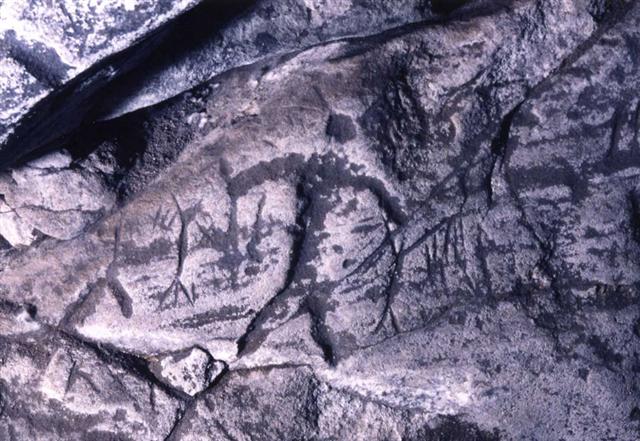
Edo times: kibyoshi - the first comics
During the Edo era (1603 – 1867), kibyoshi began to appear, illustrated booklets with yellow covers (hence the name kibyoshi – "yellow covers"). Kibyoshi was something like our 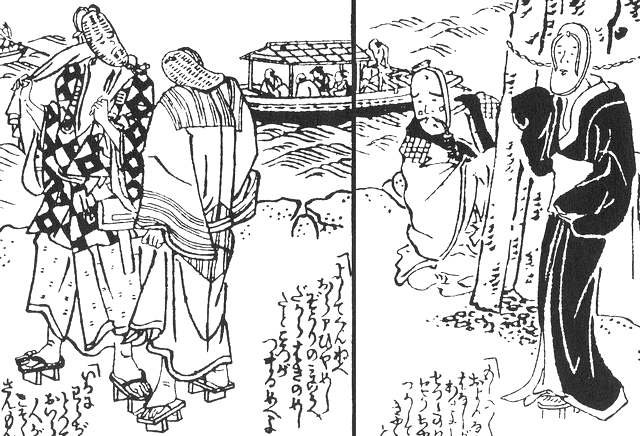
Despite the death of kibyoshi, manga was still doing well. The first real manga, according to manga researcher Isao Shimizu, is "Toba Ehon". It is a collection of drawings telling about the daily life of people in the Edo period. One could say it's like "Days of Our Lives" manga version, only without endless family intrigues and complicated romances.
Common use of the term "manga"
The term "manga" gained popularity in the late 18th century, becoming part of Japanese literary and artistic culture. This was a time when literature and art began to evolve, adding new forms and techniques that ultimately contributed to the birth of the manga as we know it today. An example of this is the work "Shiji no Yukikai" by Santo Kyoden. Santo Kyoden was a well-known writer and artist of this period, known for creating a genre of literature called gesaku - light, satirical writing. His "Shiji no Yukikai" was a collection of humorous illustrations, which were thoughtful commentary on life and culture in Japan at that time. This work is an important point of reference, as from here the word "manga" began to be used to describe this type of satirical illustration.
Also in 1814, the word "manga" found its place in titles such as "Manga Hyakujo" by Aikawa Minwa and the famous "Hokusai Manga". "Manga Hyakujo" was a work that resembled a collection of essays illustrated with sketches, while "Hokusai Manga" contained 15 volumes of illustrations by the famous ukiyo-e artist, Katsushik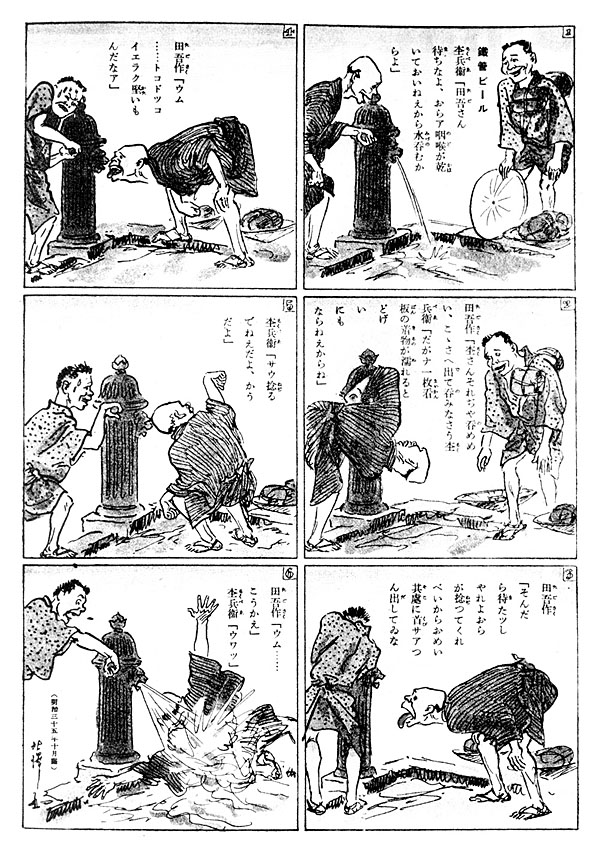
And then came Rakuten Kitazawa. He originally studied Japanese art, but then he moved to the "dark side of the force" - drawing manga. In 1902, he created a black-and-white comic strip charmingly named "Jiji Manga". It was a comic strip published on black-and-white pages, often satirizing the political and social issues of the day. Thanks to its popularity, "Jiji Manga" played a crucial role in shaping and popularizing the term "manga" as a designation for Japanese comics. But that's not the end of his comic adventures. In 1905, he founded a satirical magazine "Tokyo Puck", which was colored, translated into English and Chinese.
Manga Before WWII: When Governments Took Matters into Their Hands
By the late 1920s, tension was high in Japan due to the growing manga movement, which often depicted a satirical and critical approach to the government. Many manga creators, inspired by new forms of expression, began to create works that clearly expressed social discontent. Some of these comics became so popular that they began to influence public opinion, causing concern for the government.
In the early 1930s, the Japanese government, seeing comics as a potential threat to social stability, began to implement restrictions to limit the distribution of these "subversive" contents. Many magazines publishing such comics were forced to shut down, and their creators were subject to legal repercussions. These actions were part of a larger censorship campaign aimed at controlling the media and social messages. Some manga creators chose to continue their work despite the sanctions they faced, often leading to their arrest. The times when manga creators could freely express their thoughts and ideas suddenly came to an end. Instead of fame and fortune, many of them faced harsh repression. In this context, manga became a symbol of resistance and the fight for freedom of speech.
Post-WWII Manga: Hello, Mickey Mouse!
After World War II, when Japan went through a period of American occupation, manga began to undergo a significant change. Manga creators discovered American comics and cartoons, which influenced the style and theme of their work. It turns out that Japan and the United States shared not only chewing gum and jeans, but also a love for illustrated stories. Creato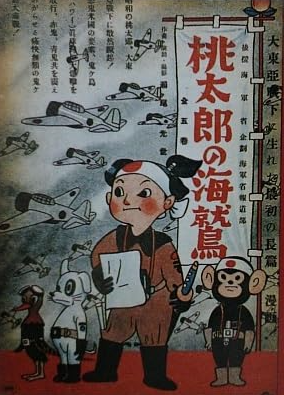
Nevertheless, the creativity of some artists was used for war and nationalist propaganda before and during World War II. These comics and films were supposed to maintain the morale of citizens and promote national ideology. For example, "Momotarō no Umiwashi" (1943) and "Momotarō: Umi no Shinpei" (1945) were anime films that portrayed the Japanese army as heroes fighting against Western forces. Some creators, such as Osamu Tezuka - the father of modern manga, were strongly influenced by these propagandistic comics and films from the war period. In later times, Tezuka, after traumatic war experiences, began to create works promoting peace and humanism, which significantly influenced the shaping of manga and anime after the war.
The Golden Era of Ani-Manga
With Japan's reconstruction after the devastations of World War II, manga became a popular form of entertainment, especially among young people. The long-lasting effects of the war, as well as an economic slump, made manga, due to its low production cost and availability, one of the cheapest and most popular forms of entertainment. As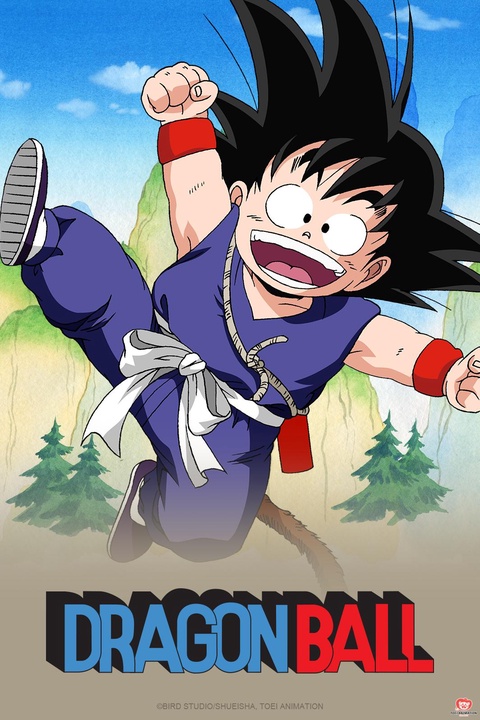
The Golden Era of Ani-Manga, which began in the 1960s and lasted through the 1970s, was a period of intense development and innovation in the manga and anime industry. At this time, thanks to the growing popularity of television, manga became a mass medium, and the number of series released significantly increased. The Golden Era also brought many classic series, such as "Dragon Ball", "Mobile Suit Gundam", and "Sailor Moon", which significantly influenced the shaping of global pop culture.
In the Golden Era of Ani-Manga, manga began to be noticeably segmented into genres, depending on the target group. The most popular ones are "shōnen" (for boys) and "shōjo" (for girls). Publishers noticed that different age and gender groups have different preferences, which led to the creation of manga with diverse themes and drawing styles.
The 80s and 90s: Anime Export
Manga wouldn't be what it is today without anime - its moving cousin. Anime, like manga, has its roots in Japan but has gained global popularity. The first anime, "Astro Boy", was an adaptation of Osamu Tezuka's manga and started the trend of transforming popular manga into anime series.
In the 1980s, Japanese pop culture began to gain popularity beyond the borders of Japan. In particular, the growing popularity of anime in the West is noteworthy, which was associated with several factors, including improved translation and distribution technology, as well as growing interest in Eastern culture from Western audiences. For many young people in the West, anime became a gateway to understanding and discovering Japane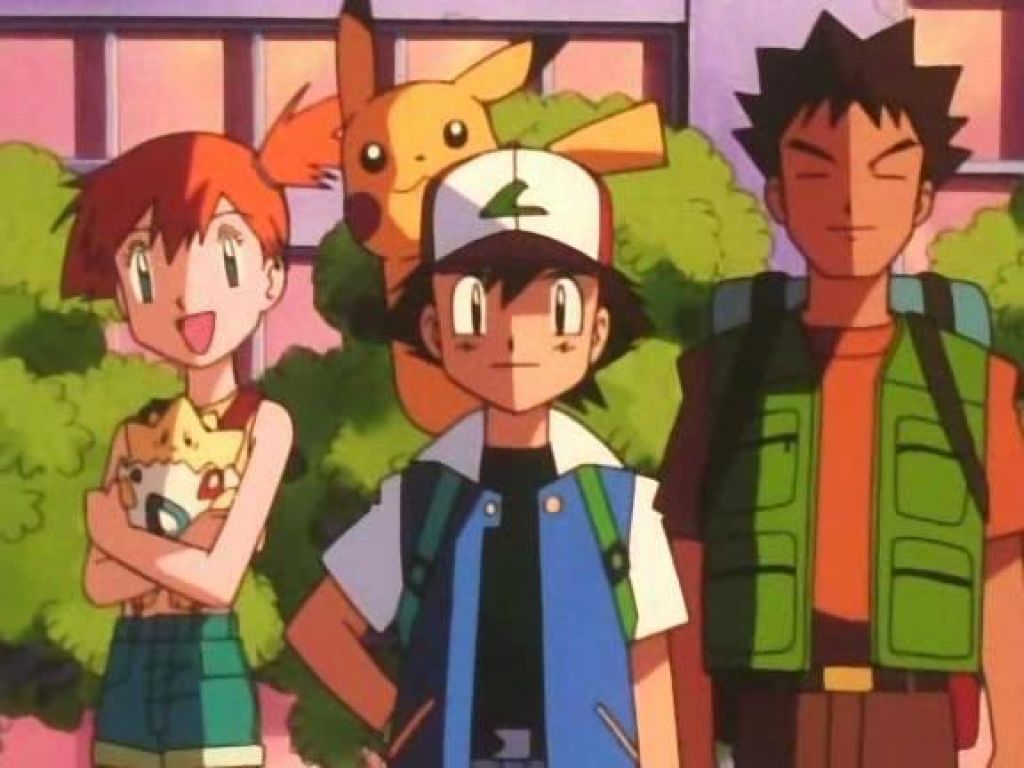
"Sailor Moon" gained immense popularity around the world, helping to transform how anime was perceived. One of the most recognizable titles that drew the West's attention to anime is certainly "Pokemon". This series, initially created as a video game by Nintendo, quickly transformed into a global phenomenon, with a popular anime, movies, trading card games, toys, and other merchandise. The success of "Pokemon" illustrates how anime has become a powerful tool in global marketing and distribution. In sum, the 80s and 90s signify the beginning of global anime domination, which continues to this day. Since then, many other anime series, such as "Naruto", "One Piece", "Attack on Titan", and "My Hero Academia", have gained international popularity, and the anime industry has become an integral part of global pop culture.
The 2000s: The Era of the Digital Revolution
At the beginning of the 21st century, manga and anime entered a new era, often referred to as the digital revolution. The introduction of digital technologies to the production and distribution of comics and animated films had far-reaching effects. An industry that once relied mainly on traditional drawing and animation techniques now began to experiment with computer graphics, 3D technology, and other forms of digital creation. Not only did the creative process experience a massive transformation, but also the way audiences had access to these works. On the one hand, fan scans and translations, also known as "fan subs" and "fan scans", allowed international fans access to series that were not officially translated into their language. These unofficial translations were often created by enthusiasts who wanted to share their love for a specific title with others.
This practice, although sometimes questioned in terms of legality, had a significant impact on the global popularization of manga and anime, making them accessible to people who previously had no opportunity to familiarize themselves with these forms of art. On the other hand, the emergence of websites and apps for reading manga and streaming anime revolutionized the way fans consume these forms of art. Platforms such as Crunchyroll, Netflix, and Manga Plus greatly facilitated access to a wide range of titles, offering both the latest series and classic works. VOD streaming services have become a staple for many fans, enabling them to watch their favorite anime series and read manga from anywhere in the world. As such, the digital revolution not only increased the availability of manga and anime but also contributed to their global popularity.
Today: Is There Anything Manga and Anime Can't Do?
Today, manga and anime are an integral part of pop culture, and Japan is the undisputed leader in creating these forms of art. Whether you're a fan of romantic shōjo, exciting shōnen, horror, comedy, or any other theme, you will always find something for yourself in the world of manga and anime. All this leads to the question: Is there anything that manga and anime can't do? Honestly, given their remarkable ability to evolve and adapt, the answer is: most likely not. Manga and anime have a long and fascinating history that crosses the borders of countries and cultures. Whether you are a long-time fan or just starting your journey with this form of art, one thing is certain: manga and anime have a lot to offer.
"Strong Japanese Women"
see book by the author
of the page
未開 ソビエライ
An enthusiast of Asian culture with a deep appreciation for the diverse philosophies of the world. By education, a psychologist and philologist specializing in Korean studies. At heart, a programmer (primarily for Android) and a passionate technology enthusiast, as well as a practitioner of Zen and mono no aware. In moments of tranquility, adheres to a disciplined lifestyle, firmly believing that perseverance, continuous personal growth, and dedication to one's passions are the wisest paths in life. Author of the book "Strong Women of Japan" (>>see more)
Personal motto:
"The most powerful force in the universe is compound interest." - Albert Einstein (probably)
Mike Soray
(aka Michał Sobieraj)
未開 ソビエライ
An enthusiast of Asian culture with a deep appreciation for the diverse philosophies of the world. By education, a psychologist and philologist specializing in Korean studies. At heart, a programmer (primarily for Android) and a passionate technology enthusiast, as well as a practitioner of Zen and mono no aware. In moments of tranquility, adheres to a disciplined lifestyle, firmly believing that perseverance, continuous personal growth, and dedication to one's passions are the wisest paths in life. Author of the book "Strong Women of Japan" (>>see more)
Personal motto:
"The most powerful force in the universe is compound interest." - Albert Einstein (probably)
Mike Soray
(aka Michał Sobieraj)
Write us...
Ciechanów, Polska
dr.imyon@gmail.com
___________________
inari.smart
Would you like to share your thoughts or feedback about our website or app? Leave us a message, and we’ll get back to you quickly. We value your perspective!


